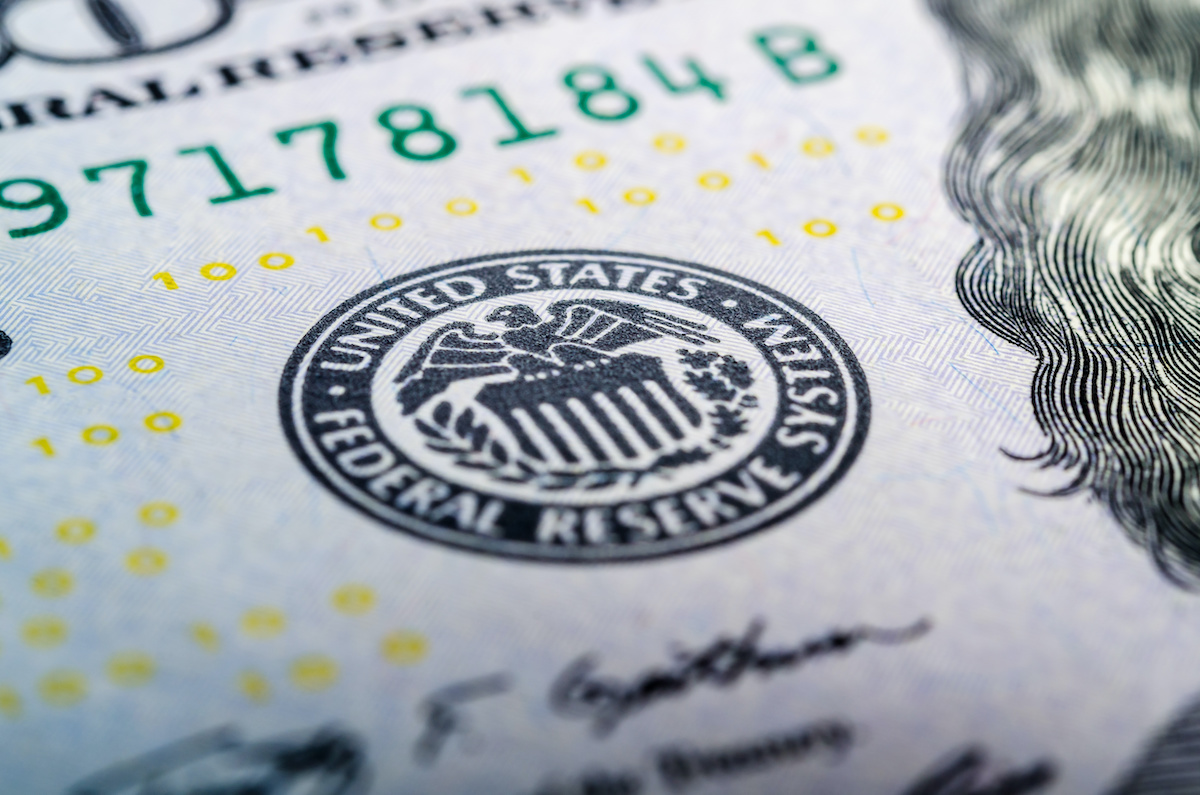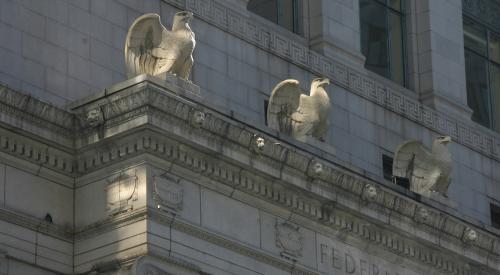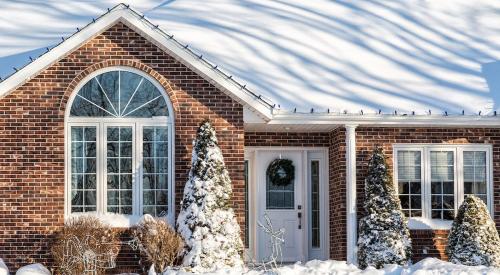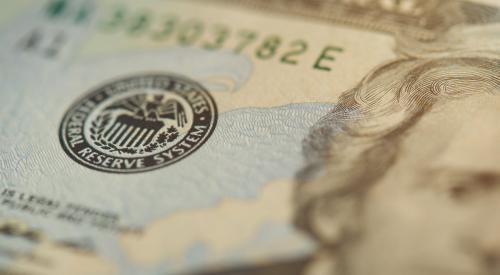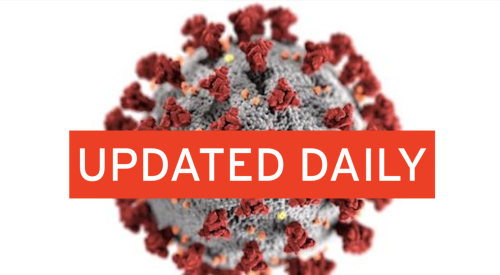Home prices are continuing on an upward trend, reaching an 11.2% year-over-year gain in January, the highest annual gain in almost 15 years. In January 2020, the annual home price increase reached 3.9%, but that hit 11.2% in January 2021, according to data from the S&P CoreLogic Case-Shiller Index. It’s well known home prices are following the rules of supply and demand, but CNBC reports some believe the Federal Reserve could be doing more to help. But mortgage rates are a top reason why demand remains high and supply remains historically low. Though rising now, mortgage rates have helped fuel the intense market and the Federal Reserve now owns more than a third of mortgage-backed securities.
While rates are rising slightly now, they are still near historic lows, having set more than a dozen new lows last year. Mortgage rates loosely follow the yield on the 10-year Treasury note, which has fallen dramatically during the pandemic. Mortgage rates are also influenced by the purchases and yields of agency mortgage-backed securities, or MBS. These purchases provide the mortgage market with liquidity.
The Federal Reserve had been tapering its purchases of MBS in order to normalize the market after the last recession, but it turned that taper around last March with the onset of the pandemic. It now owns more than a third of the MBS market.
At the start of 2019, the Fed held $1.6 trillion in agency MBS. It tapered that down to $1.37 trillion by mid-March of 2020. Then, when the economy and housing market were suddenly in Covid free fall, the central bank began buying more again. As of last week, the Fed held $2.2 trillion of agency MBS.
